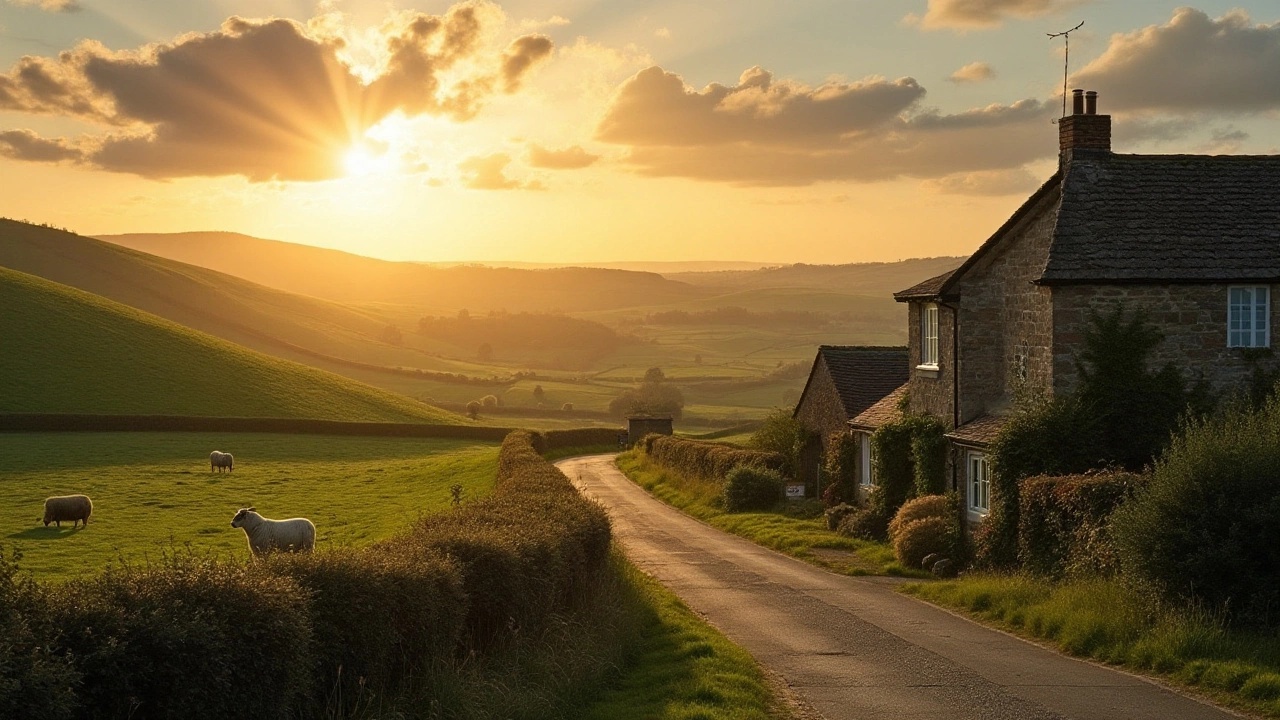Realistic Art: How to Paint Like a Pro
If you’ve ever stared at a portrait that looks like a photograph, you know the power of realistic art. It’s not just about copying what you see – it’s about using the right tools, planning each layer, and keeping an eye on details that make a painting feel alive.
Start with a Strong Foundation
The first step is a solid sketch. Lightly outline the main shapes with a hard pencil, then block in the biggest color areas. This gives you a roadmap and prevents you from wasting paint on the wrong spot. Many artists swear by a quick underpainting in burnt sienna or neutral gray; it helps you judge values before you add color.
When you move to oil or acrylic, think about the paint’s consistency. For realistic skin tones, mix a base of white, yellow ochre, and a hint of red. Add a touch of blue or green to pull the color back if it starts looking too warm. Remember, real skin has many subtle shifts – don’t try to paint it in one go.
Fix Mistakes Without Starting Over
Even the best artists make errors. If a wet layer looks too dark, gently wipe it with a clean rag and add a fresh glaze. For tacky paint, a thin wash of solvent can loosen it enough to scrape away. When the paint is already dry, use a fine scraper or sandpaper to remove the problem area, then rebuild with thin layers. These tricks are covered in detail in our guide “How to Fix Mistakes in Oil Painting: Wet, Tacky, and Dry Layer Repairs.”
Glazing is another lifesaver. A transparent glaze of thin oil can soften harsh edges and blend colors smoothly. Just keep the glaze thinner than the underlying paint, and let each layer dry before adding the next.
Portrait realism is especially forgiving with glazing because you can adjust skin tones and shadows without redoing the whole face. It’s the secret many modern portrait painters use to keep their work looking fresh.
Learning from Real-World Artists
Curious if portrait painters still exist? Absolutely. In our article “Do Portrait Painters Still Exist? Inside the Enduring World of Painted Portraits,” we talk about artists who still take commissions, how they price their work, and why clients love a hand‑painted likeness. Seeing how they handle lighting, texture, and expression can give you a real‑world checklist for your own pieces.
Another great source of inspiration is the “Rule of Thirds Guide for Stunning Landscape Paintings.” While it focuses on landscapes, the composition tip works everywhere – placing the eye‑line one‑third down or across the canvas helps guide the viewer’s gaze, a trick you’ll use often in realistic portraits too.
Finally, don’t forget the basics of color mixing. “Best Colours for Landscape Painting” dives deep into how light, weather, and season affect palettes. Apply the same mindset to indoor lighting – a warm indoor light needs more amber, while daylight calls for cooler blues.
Realistic art isn’t about perfection; it’s about observation, patience, and knowing how to correct yourself along the way. Use these tips, study the featured articles, and you’ll see steady improvement in every portrait, still life, or landscape you tackle.

15 Jan 2025
Realistic landscape painting captures the world with precision and artistry, blending faithful representation with emotional depth. This art form emphasizes meticulous attention to detail, seeking to portray scenes as lifelike as possible while also invoking the sensation of being present within the landscape. Exploring the history of realism, its techniques, and evolution provides valuable insights into what distinguishes a realistic landscape from abstract interpretations. Delve into the methods used by great artists, the motivation behind their depictions, and tips on mastering this intricate form of art. Whether one is an aspiring artist or an art enthusiast, this exploration will deepen appreciation for the beauty of reality captured on canvas.
Continue reading...
